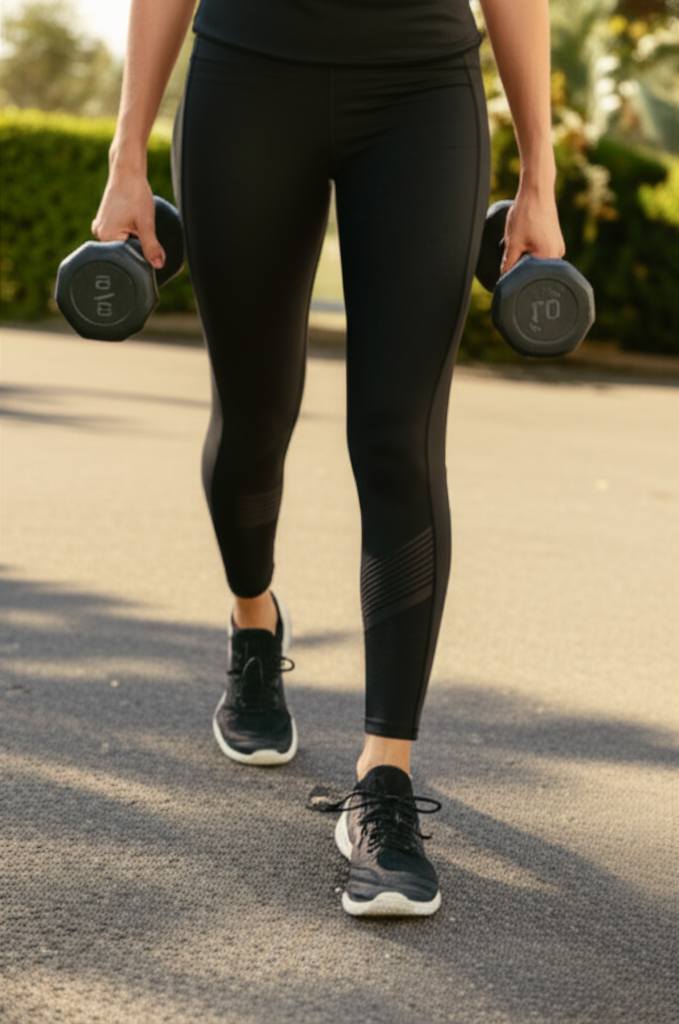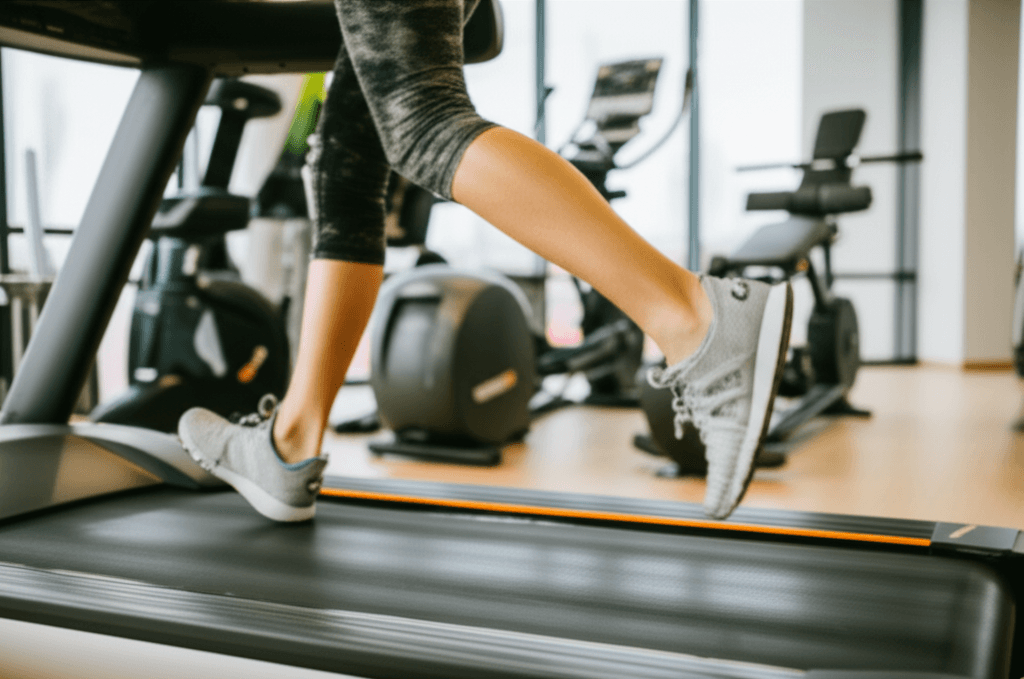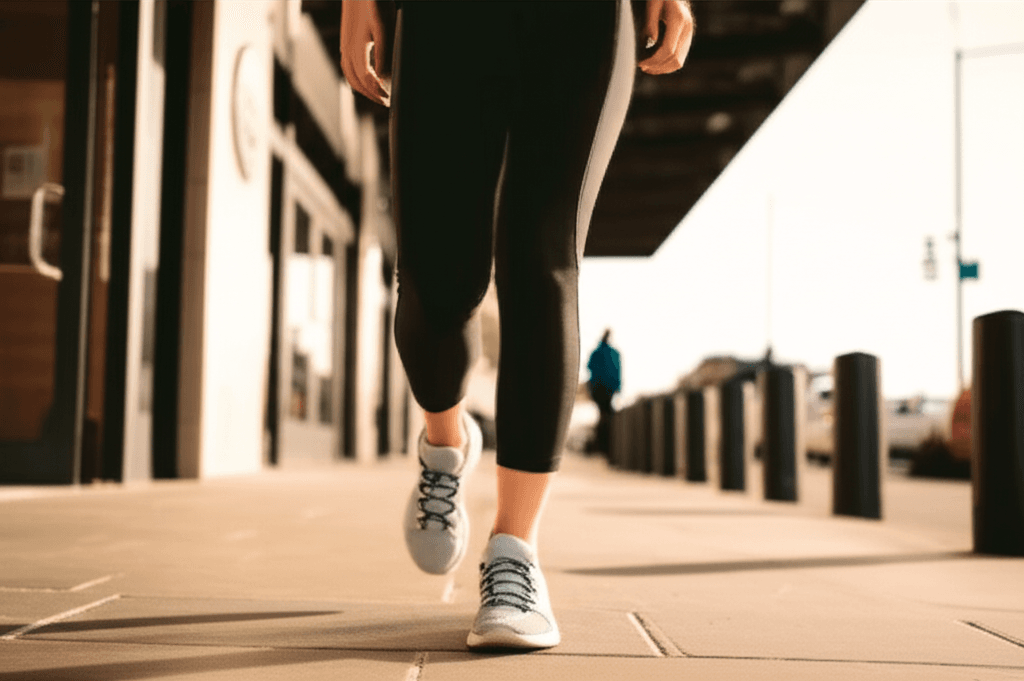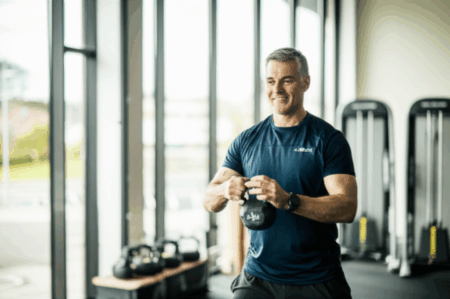For many, the quest for a leaner physique, especially around the midsection, can feel like an uphill battle. While countless diets and intense workout routines promise quick fixes, a growing body of fitness wisdom suggests a surprisingly simple yet effective addition to your regimen: a 20-minute walk immediately following your strength training session. This strategy, championed by various fitness coaches, is gaining traction for its potential to accelerate belly fat loss. But what’s the science behind this seemingly modest practice?

Why Combining Strength and Cardio Matters for Fat Loss
Effective fat loss, particularly of stubborn belly fat, is rarely achieved through a single approach. It typically requires a multifaceted strategy that includes caloric deficit, consistent exercise, adequate sleep, and stress management. Both strength training and cardiovascular exercise play crucial, distinct roles in this process.
The Fat-Burning Benefits of Strength Training
Strength training, also known as resistance training, is fundamental for body recomposition and long-term fat loss. Here’s how it contributes:
- Muscle Mass and Metabolism: Muscle tissue is more metabolically active than fat tissue, meaning it burns more calories at rest. Building lean muscle through strength training increases your resting metabolic rate (RMR), the number of calories your body burns simply to maintain basic functions. This effect, while often small on a daily basis, accumulates over time.
- The “Afterburn Effect” (EPOC): Strength training, especially high-intensity sessions, triggers Excess Post-exercise Oxygen Consumption (EPOC), also known as the “afterburn effect.” This means your body continues to burn an elevated number of calories for hours—sometimes up to 48 hours—after your workout as it recovers, repairs muscle tissue, and restores oxygen levels. A significant portion of these post-workout calories can come from fat oxidation.
How Walking Targets Belly Fat
Walking is an accessible and highly effective form of cardio for overall fat loss, including visceral (deep belly) fat, which is linked to various health risks.
- Calorie Expenditure: Walking burns calories, which is essential for creating the caloric deficit needed for weight loss. A brisk walk can burn approximately 100 calories per mile.
- Metabolism Boost: Regular walking can also enhance your metabolism, making your body more efficient at burning calories even when at rest.
- Insulin Sensitivity and Stress Reduction: Walking can improve insulin sensitivity, helping your body better manage blood sugar and utilize fat for energy. It also helps lower cortisol levels, a stress hormone linked to increased belly fat storage. Furthermore, walking aids in shifting your body from a “fight or flight” sympathetic state to a more relaxed parasympathetic state, which is beneficial for recovery and reducing inflammation.

The Strategic Advantage: Why Walk After Strength Training?
The idea of a 20-minute walk after strength training isn’t just about adding more exercise; it’s about optimizing your body’s fuel utilization.
- Glycogen Depletion for Fat Mobilization: When you engage in strength training, your body primarily uses stored carbohydrates (glycogen) for fuel. Once these glycogen stores are depleted, your body is more likely to tap into fat reserves, including belly fat, as a primary energy source during subsequent low-intensity activity. As one longevity expert, Dr. Vassily Eliopoulos, puts it, “Strength training mobilises fat. Walking uses it.”
- Optimized Fat Oxidation (Burning): The post-strength training window is considered a prime time for fat oxidation because hormonal changes, such as the release of growth hormone and catecholamines (like adrenaline), break down stored fat and make it available in your bloodstream as fuel. Low-intensity cardio, like walking (often referred to as “Zone-2 cardio”), efficiently utilizes this newly mobilized fat for energy, especially when insulin levels are low post-workout.
- Enhanced Recovery: Walking at a low to moderate intensity after lifting promotes blood flow, which aids in muscle recovery by delivering essential nutrients and helping to clear metabolic byproducts like lactate, reducing post-workout soreness and stiffness. This active recovery helps your body transition back to a resting state more smoothly.

Implementing the 20-Minute Post-Workout Walk
Fitness coaches, like Neha and Sapna Gomla, recommend a specific approach to maximize the benefits.
The Recommended Protocol
- Timing: Immediately after your strength training session.
- Duration: Approximately 20 minutes. This duration is long enough to utilize mobilized fat but short enough not to induce excessive fatigue that could hinder recovery.
- Intensity: A brisk walk. Some coaches suggest walking on a treadmill at a speed of 4.0 with a 12 incline. The incline elevates your heart rate sufficiently to enter a fat-burning zone without excessive stress on the body. However, even a moderate-intensity walk is beneficial.
Key Considerations for Success
- Consistency is Key: Incorporating this 20-minute walk into your routine consistently is more impactful than sporadic high-intensity efforts. Aim for 2-4 cardio sessions per week post-weight training, depending on your goals.
- Listen to Your Body: While walking is generally low-impact and aids recovery, ensure the intensity is appropriate for your fitness level. If you’re feeling fatigued from lifting, opt for a moderate or low-intensity steady-state walk for active recovery.
- Holistic Approach: Exercise is only one piece of the puzzle. To truly burn belly fat faster, a balanced, calorie-controlled diet is non-negotiable. Adequate sleep and stress management also play critical roles in hormone regulation and overall fat loss.
- Not a Replacement for All Cardio: While effective, this strategy is specific to post-strength training. Other forms of cardio, including higher-intensity interval training (HIIT) or longer steady-state sessions, also contribute to overall fat loss and cardiovascular health.
By combining the muscle-building, metabolism-boosting power of strength training with the strategic fat-burning and recovery benefits of a post-workout walk, you can create a highly efficient routine aimed at accelerating your belly fat loss journey. This low-stress, time-efficient approach makes it an ideal addition for busy individuals seeking noticeable results.






